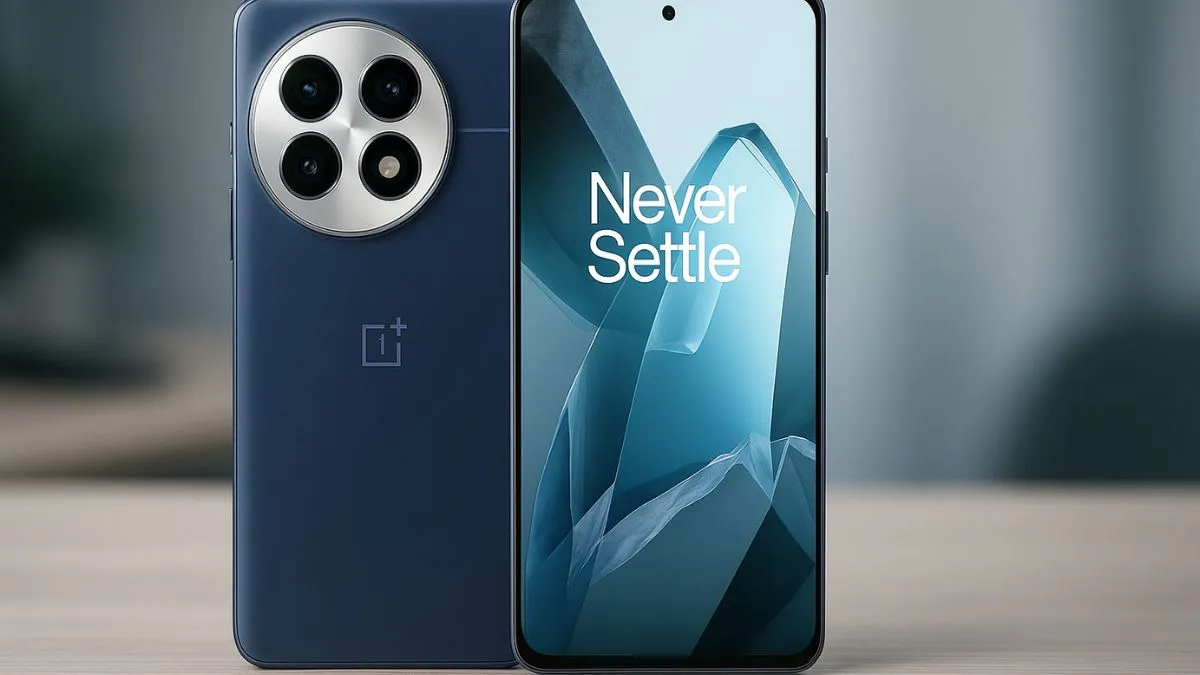When the OnePlus 13 launched, everyone was wondering — is it truly a flagship, or just an expensive-looking budget dream? But now, after using it for nearly two and a half to three months, the truth has slowly come to light.
There’s a lot in this phone that you’d expect from any premium flagship, but there are also a few things that explain why the price has been kept relatively lower. So let’s dive into this real long-term review, based purely on experience.
Also, read this: Motorola G96
Performance: Nothing Left to Prove
The OnePlus 13 is powered by a top-of-the-line processor — Snapdragon 8 Gen 3 — and UFS 4 storage. For those worried about needing Performance Mode, let me clarify — this phone delivers its full power even without it. In benchmarks, it’s competing closely with the S25 Ultra.
While gaming, especially in mobile gaming performance tests, it automatically switches to Pro Gamer Mode, and FPS remains consistently high. Except for Wuthering Waves, there were no heating issues, thanks to the large cooling chamber.
In daily use, the phone feels buttery smooth. The ColorOS animations, RAM management, and UI transitions are so well-optimized that you never feel a drop in performance.
Also, read this: Motorola Edge 60 Pro
Battery: Big Battery, Slightly Inconsistent
The OnePlus 13 packs a 6000mAh silicon-carbon battery that comfortably lasts a full day, even with a 2K display. With light to moderate use, I got 7 hours of screen-on-time, and still had 38% battery left.
That said, some users found the battery performance a bit inconsistent. In my case, that didn’t happen, though I’d agree it feels more like a 5500mAh battery than a full 6000mAh.
You get a 100W fast charger in the box, which charges the phone from 0 to 100% in 40 minutes. There’s also 50W wireless charging — making this one of the fastest wireless charging phones in this segment — but you’ll need to buy the expensive charger separately.
Also, read this: Vivo X90 Pro
Design: New Shape, Old Charm
I have the White variant, which comes with a subtle sparkle. All three color options look good, and there’s also a leather back version available. In terms of grip, the phone feels comfortable, thanks to the rounded frame.
It weighs 210 grams, but the weight distribution is spot on. Also, it’s rated IP68 and IP69, so no worries about water or dust damage.
OnePlus has replaced the traditional alert slider with a new Plus Button — more on that in a detailed review later. The USB 3.2 port allows for fast data transfer and display output.
Display: Flagship-Level Vibes
You get a 6.2-inch Quad HD+ LTPO AMOLED display that supports a 120Hz refresh rate. The screen is protected by ceramic glass.
Content consumption is a delight — deep blacks, rich colors (thanks to the 10-bit panel), and HDR support on Netflix. It feels truly premium.
There’s also 2160Hz PWM dimming, which reduces eye strain. However, one drawback is outdoor brightness — despite 1600 nits, it feels a bit dull in direct sunlight.
An ultrasonic fingerprint sensor is included, and it’s both fast and well-placed. OnePlus has also promised a lifetime warranty for green line issues.
Haptics & Software Experience
I can sum up the haptics in one line — the best haptics I’ve ever used on a smartphone. Every UI interaction — keyboard, sliders, toggles — gives precise and satisfying feedback.
You get OxygenOS 15, which is based on Android 15 and feels clean — though it does come with some bloat like Phone Manager and App Market notifications.
There’s also Live Alerts — OnePlus’s version of Dynamic Island. It’s currently limited to a few apps (like Zomato and Swiggy), but it works smoothly. Bonus features like an IR Blaster and dual WiFi are also available.
AI Features: Still in Early Stages
AI features are minimal right now — tools like AI Summary, Writer, Eraser, and Unblur are available. But in-depth functionality is still lacking. The AI features in the camera gallery don’t work very reliably and definitely need improvement.
Audio & Connectivity
The stereo speakers are decent but don’t deliver flagship-level punch. Instead of Dolby, OnePlus uses its own audio engine, with little noticeable difference.
There’s no shortage of 5G bands. Both physical SIM and eSIM are supported. Call quality is excellent. Dual WiFi does boost upload speeds, though how exactly it works is unclear.
Support for 5G-A (i.e., 5.5G) is also included, and I personally experienced better speeds. All major Bluetooth codecs are supported, so high-quality audio is guaranteed.
Camera: Solid, But Not Perfect
The rear setup features three 50MP lenses — main, ultra-wide, and 3x periscope telephoto. On the front, you get a 32MP selfie camera.
The main lens offers fantastic detail and sharpness, but occasionally the exposure and white balance feel inconsistent. The ultra-wide has a 120° field of view and maintains color consistency in about 95% of shots.
The 3x periscope performs great for portraits, though skin tones sometimes appear overly contrasted. Zoom up to 10x is usable, but 120x is purely gia mmick.
Selfies are detailed, though portrait quality still doesn’t match Samsung or Apple. A detailed camera comparison with Samsung S24 would show where OnePlus still lags. Night shots are average — light control could be more consistent.
Videos were a pleasant surprise — you can shoot 4K at 60fps from both the rear and front cameras. Stabilization, color balance, and exposure are excellent. The only thing missing is LOG mode.
For more information, visit the official website OnePlus 13
Conclusion
If you’re looking for a true flagship around the ₹65,000 mark, the OnePlus 13 price in India makes it a strong contender that excels in nearly every department.
The camera has a few inconsistencies, and AI features are still immature, but the display, performance, battery, software, and overall experience definitely deliver that premium feel.
Don’t go in blindly — but with a bit of research, this phone could be a smart choice. If it fits your budget, the OnePlus 13 deserves a spot on your flagship wishlist.

